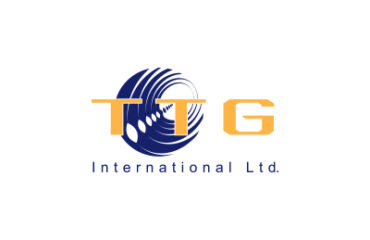Introduction:
The cellular technology landscape has witnessed transformative advancements, with the 4G LTE network emerging as a groundbreaking stride in high-speed data communication. Central to this technological marvel is the Physical Resource Block (PRB). This article offers an in-depth exploration of PRBs, elucidating their pivotal role, profound significance, and the intricate processes governing their allocation and surveillance within the 4G LTE framework.
Content:
4G LTE stands as a beacon of high-speed data services in the cellular domain. The PRB, a cornerstone of this network, serves as the basic frequency and time unit in 4G LTE, boasting a bandwidth of 180 kHz and a duration of 1 millisecond. The allocation of PRBs to users hinges on the required data rate and the prevailing network resources.
Terminology: The LTE Frame comprises units such as frame, half-frame, subframe, slot, symbol, and Ts, with Ts being the most diminutive at 32.6 ns.
Frequency Units: These are gauged in subcarriers or resource blocks. An LTE frame is an amalgamation of Resource Elements (REs), the tiniest constituents. Each RE symbolizes data for a specific physical channel or signal.
Bandwidths: The spectrum of available bandwidths spans from 1.4 MHz to 20 MHz. An illustrative table delineates the count of resource blocks and subcarriers for each bandwidth, covering both uplink and downlink.
Significance: PRBs are instrumental in defining the data transmission velocity and the caliber of service. The zenith of PRBs assignable to a user stands at 100, translating to a 20 MHz bandwidth.
Allocation: The distribution of PRBs is influenced by the Quality of Service (QoS) and extant resources. The eNodeB, the 4G LTE’s base station, orchestrates this allocation through sophisticated scheduling algorithms.
Measurement & Monitoring: The vigilance over PRB utilization, especially during peak traffic, is paramount. It serves as a barometer for potential network congestion. TTG’s avant-garde PM solution, NORTH-I, excels in monitoring PRBs and a plethora of other metrics, conducting automatic reviews.
The meticulous measurements associated with PRB utilization are manifold:
- DL PRB Usage for Traffic: This metric provides a window into the percentage utilization of PRBs on the downlink for DTCH traffic, segmented by E-RAB QoS level (QCI).
- UL PRB Usage for Traffic: The uplink counterpart offers insights into DTCH traffic, differentiating between general and RN traffic.
- DL & UL Total PRB Usage: These metrics present an overarching view of PRB consumption on both downlink and uplink.
- PRB Full Utilization: This is pivotal to gauge the complete utilization of PRBs, indicating times when all accessible PRBs have been allocated.
All these metrics adhere to the definitions stipulated in 3GPP TS 36.314, ensuring optimal network resource allocation and superior service quality.
Conclusion:
PRBs are the lifeblood of 4G LTE networks, playing an indispensable role in shaping the data transmission rate and the overarching service quality. The dynamic allocation of PRBs, steered by the metrics discussed, guarantees the judicious use of network resources, catering to a vast user demographic. TTG’s PM solution, NORTH-I, distinguishes itself by its adeptness in monitoring not just PRBs but a gamut of critical metrics, perpetually ensuring peak network performance. This article, thus, serves as a comprehensive guide to understanding the nuances of PRBs in the 4G LTE ecosystem, emphasizing their paramountcy in network resource optimization and user experience enhancement.


